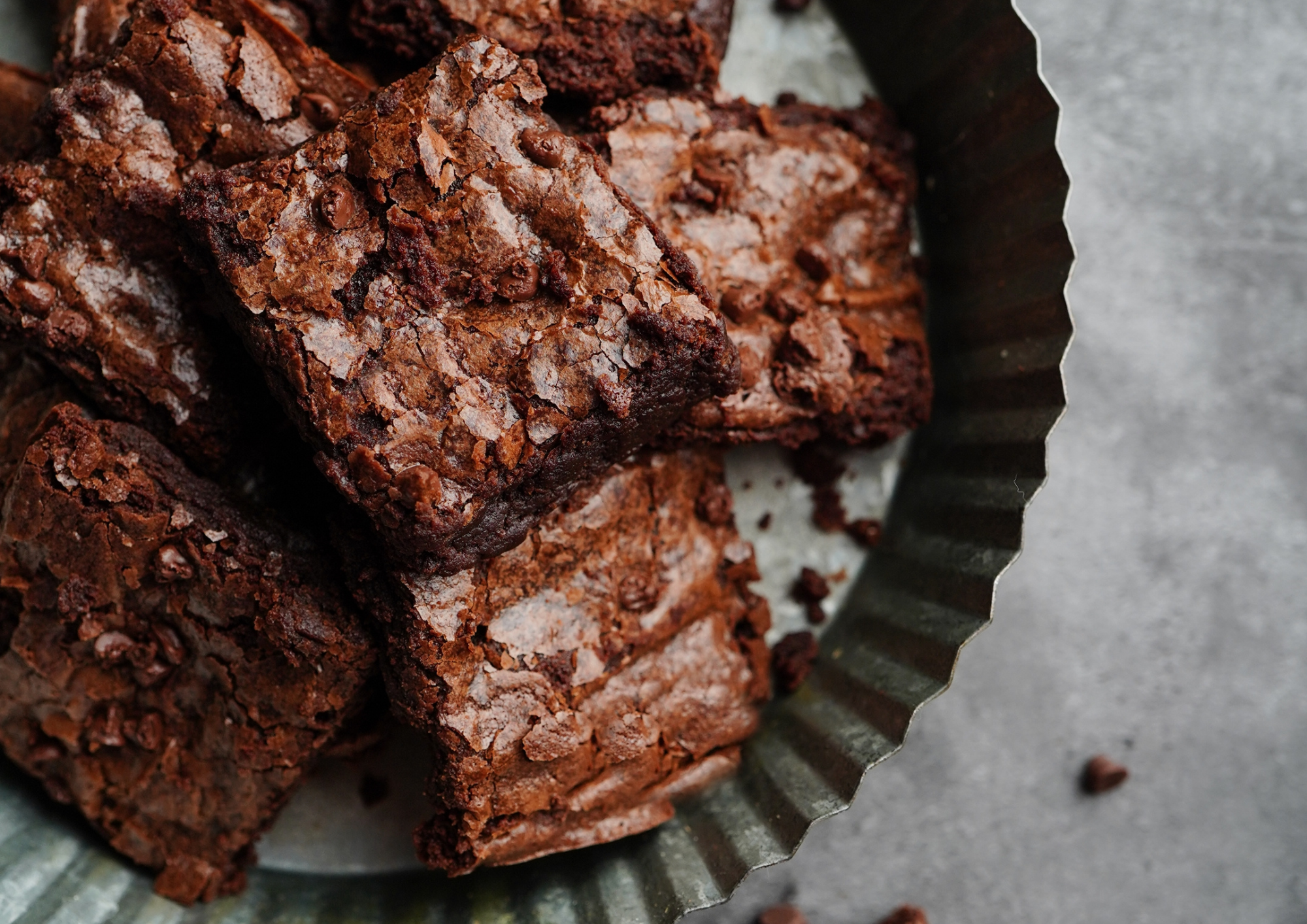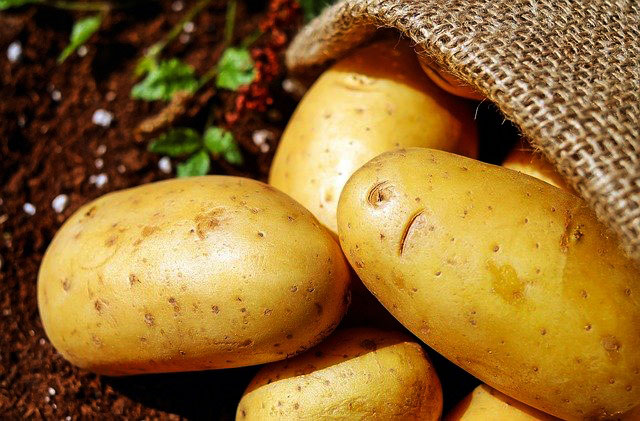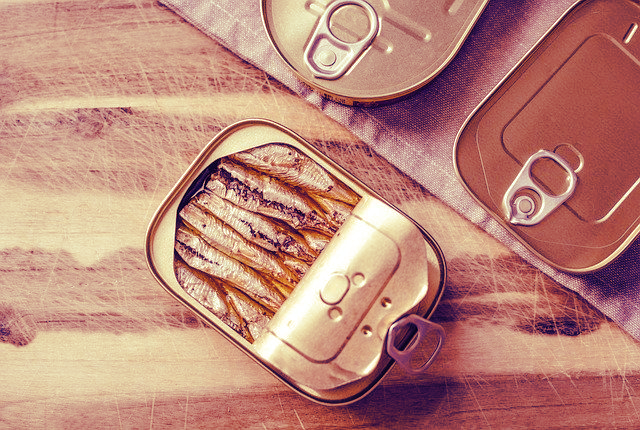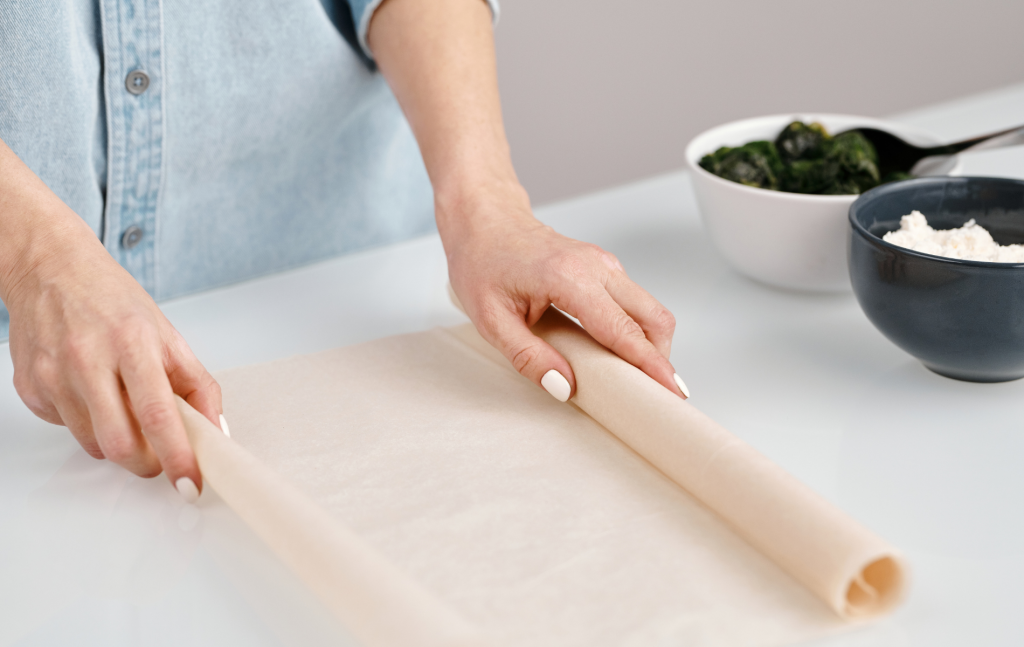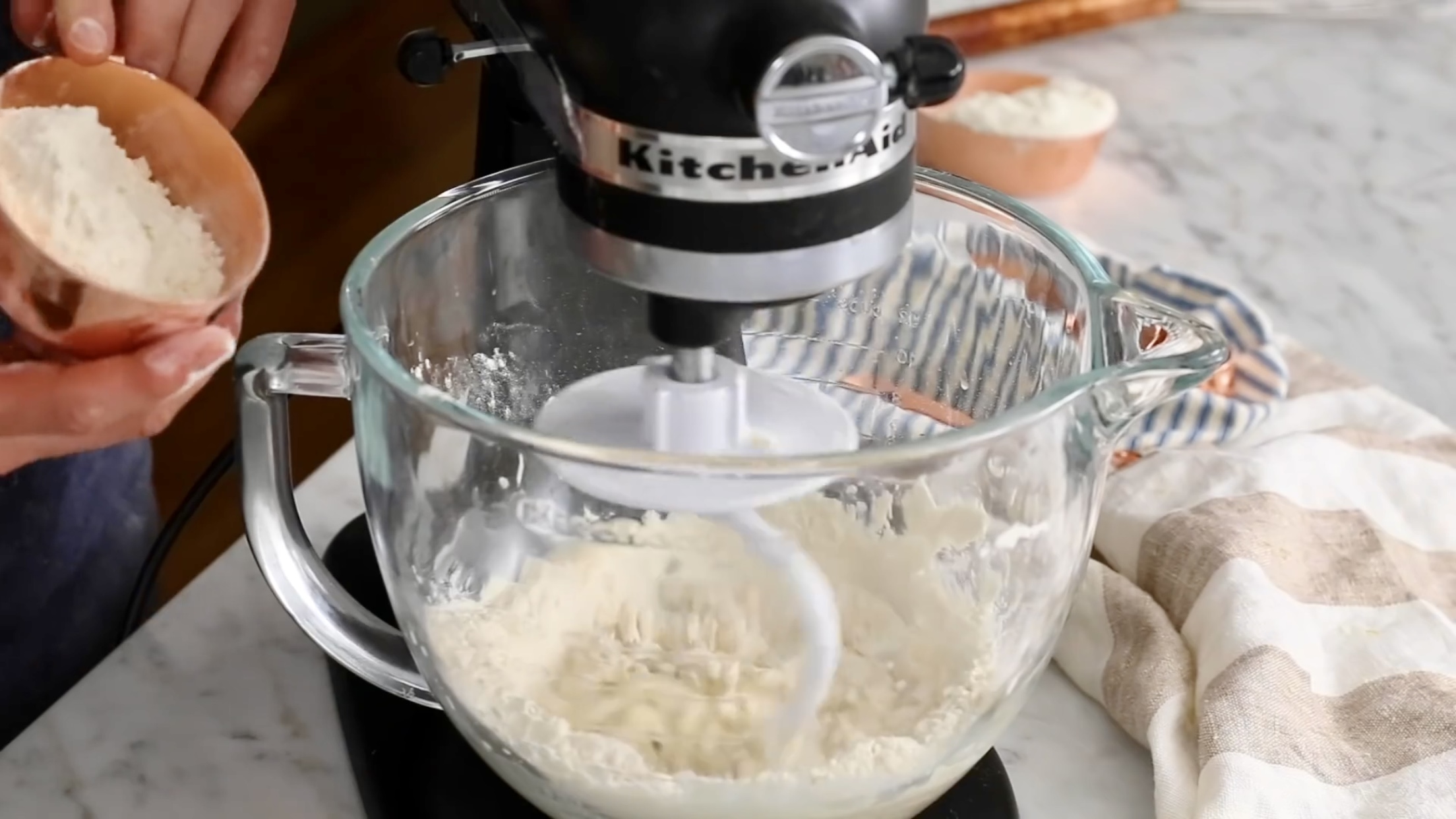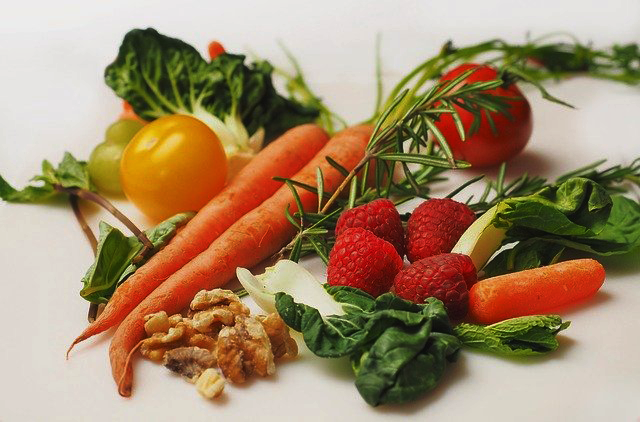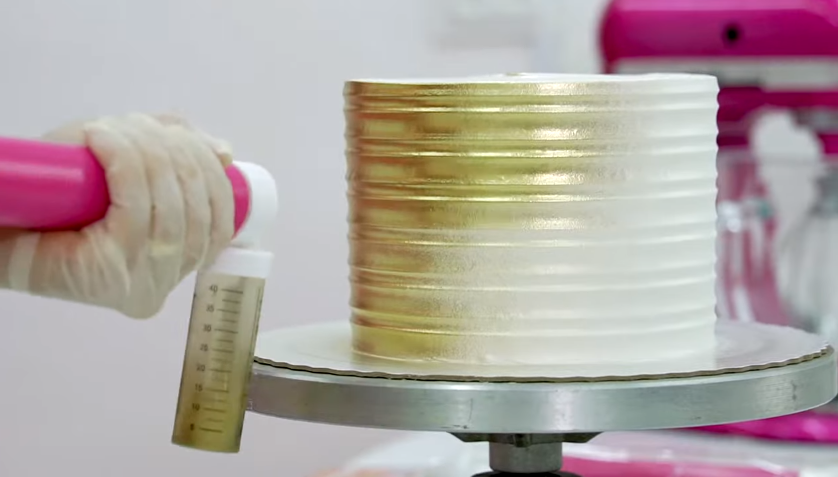Most people buy sauerkraut already made, but the 1975 version of Joy of Cooking (Canada, UK) has a recipe for the truly patient.
It calls for 1 lb of salt for 40 lbs of cabbage (or 2 teaspoons of salt for each pound of cabbage). Dispose of the outer leaves, core, quarter, shred the cabbage, and then mix it with the salt. Put it in a stone crock to within 2 inches of the top. Cover with a cloth and plate or board that fits inside the crock, and place enough weight on the plate to force the brine to rise high enough to wet the cloth.
When it begins to ferment, skim off the scum, replace the cloth, and wash the plate or board each day. At 60°F (16°C), the fermenting process will take at least a month. A higher temperature will speed up the process, but the taste will not be as good. Once the fermentation is finished, you should heat the sauerkraut to 180°F (82°C), place it in canning jars, adding enough kraut juice (or a brine of 2 tablespoons of salt per quart of water) to cover it, and process it in a boiling-water bath.
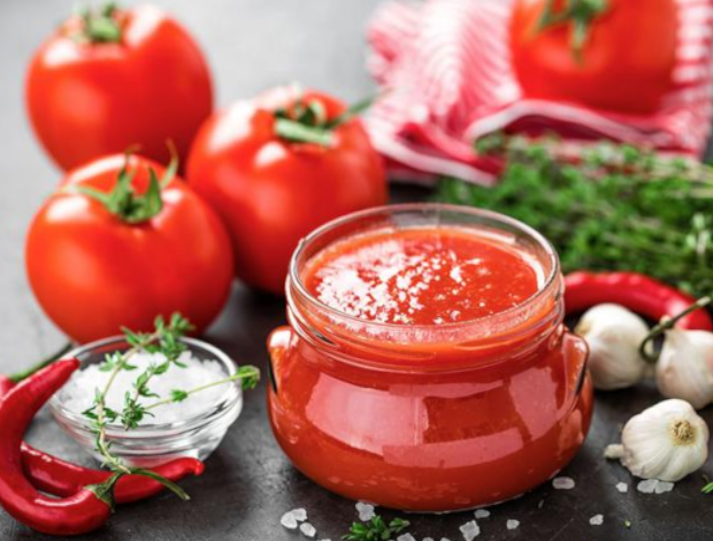
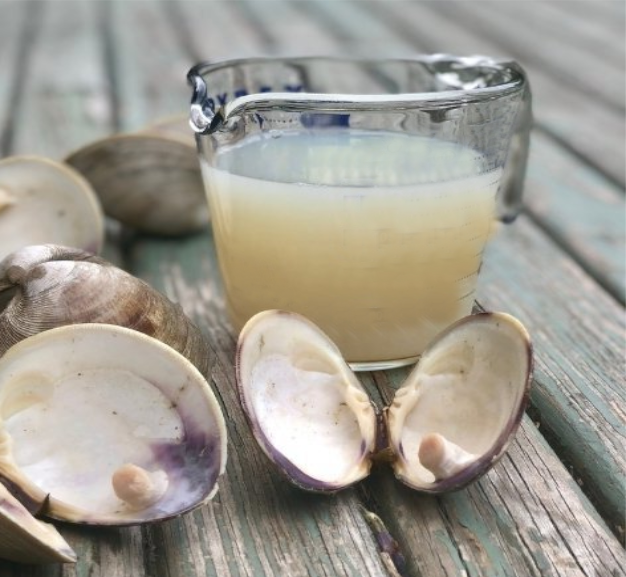













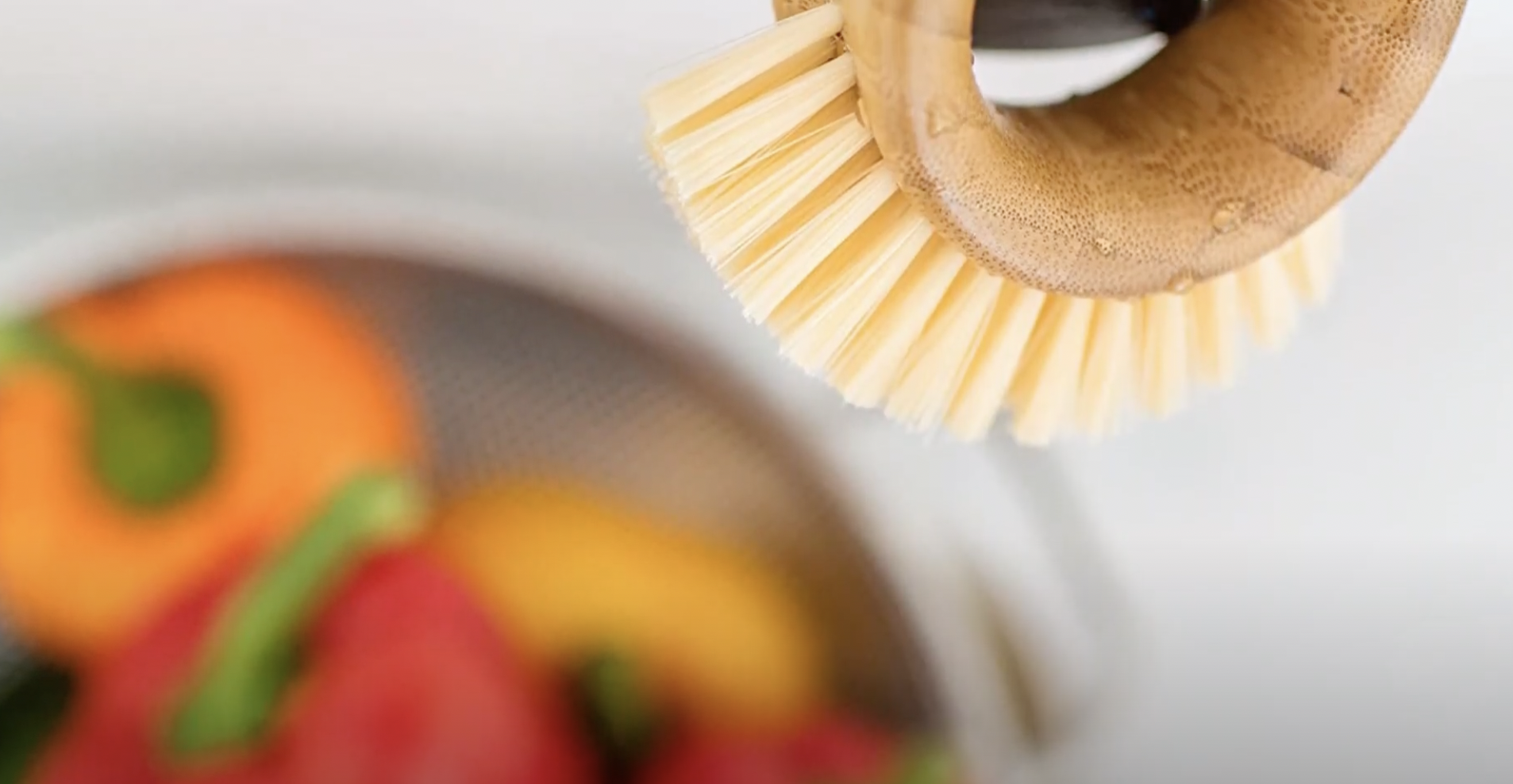

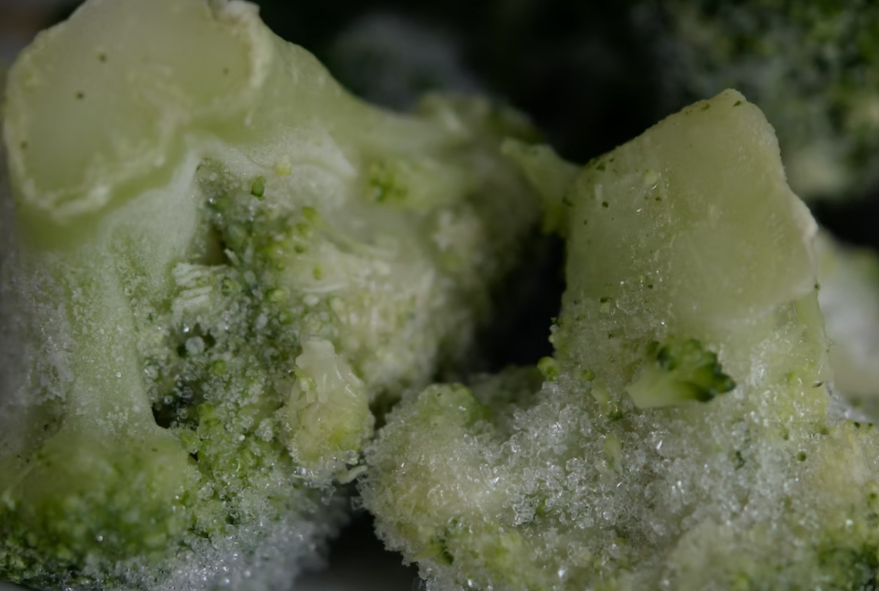
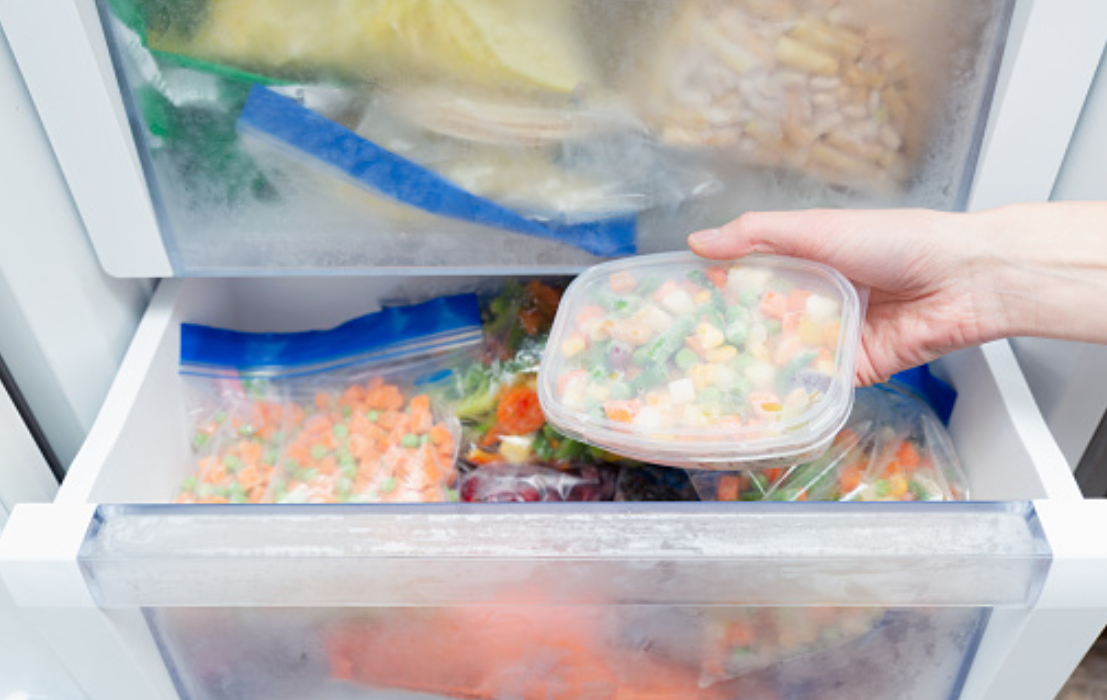
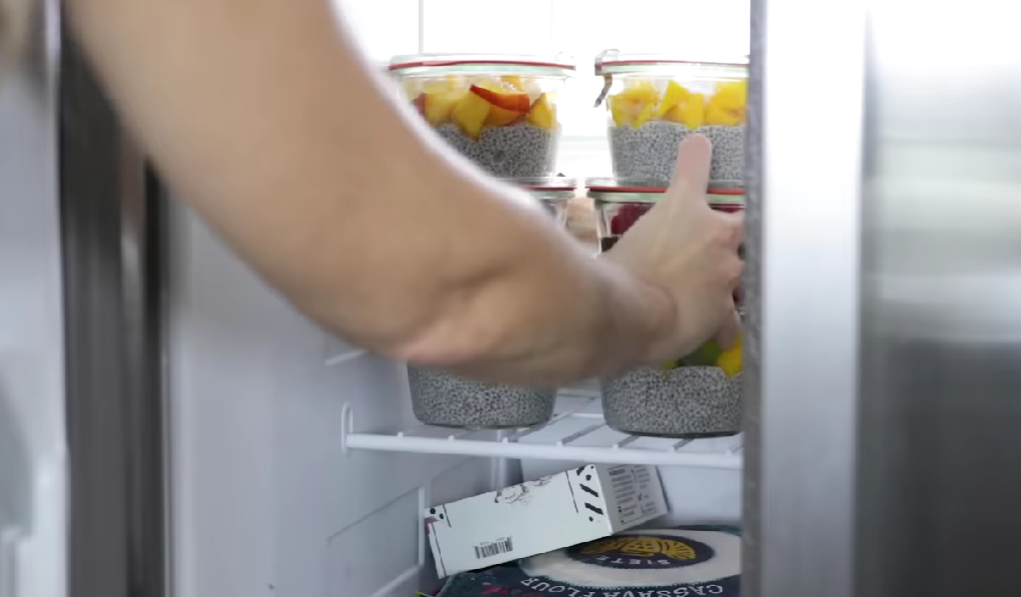

![Can you Cook Eggs in the Microwave? [Complete Guide]](/assets/images/c1f79d1cad59f18f9b5dc31403bd0eb2.png)
